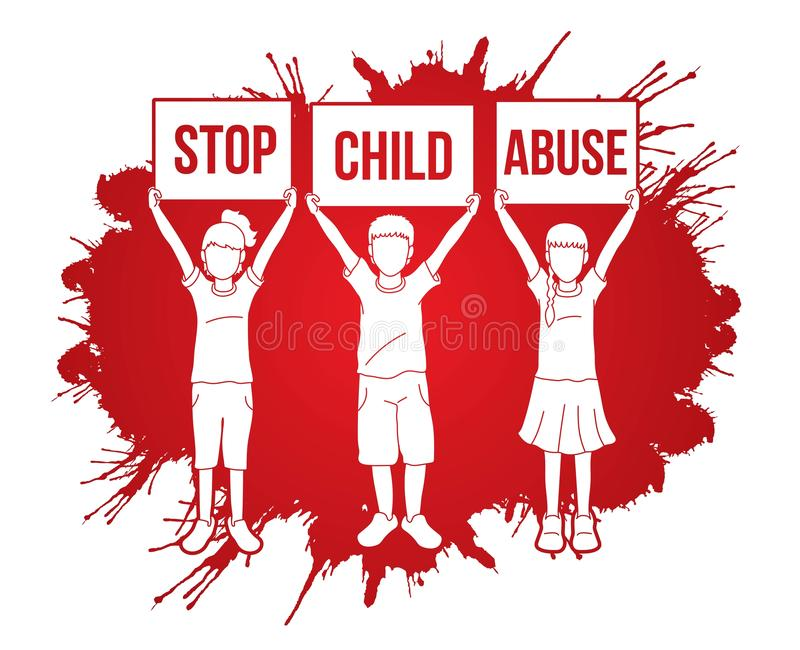The Severity of Child Abuse
BAC Amnesty Club

by Hashwinni Kerbanathan
Child abuse and violence are of global concern and have been a long outstanding issue. Although many steps have been taken by the government to prevent it, statistics show that child abuse cases are on the rise. Children experience violence in surroundings most familiar to them: their homes, schools and communities they live in. They also suffer abuse and exploitation in orphanages, places of detention and even on the streets.

Child maltreatment has been recognised internationally as a matter of great sociological impact with legal significance and medical concern. One of the mechanisms in place is the enforcement of laws, ensuring that all government planning and policies are carried out and conducted smoothly. The Domestic Violence Act 1994 and the Child Act 2001 are among the main legislations which govern the cases of child abuse. Other laws which deal with the cases of child abuse are the Penal Code and the Evidence of Child Witness Act 2007.
Child Abuse can be divided into four types: emotional, physical, sexual and neglect. It usually consists of a pattern of behaviour which may include more than one kind of abuse. Physical abuse occurs when a child is injured by a parent or guardian. Action or omission would both amount to “physical abuse” if they occur intentionally or with the intent to injure the child. Moreover, sexual abuse is also a common tragedy suffered by the children of our country. Sexual abuse is defined as involvement of children in sexual activities in which they do not fully understand what is being done to them. On the other hand, there is also psychological or emotional abuse, which is trauma that invades the mind. The mind is disturbed for a period of time according to the intensity of the trauma that has occurred.

The severity of child abuse in Malaysia leads us to focus on effective strategies and approaches to mitigate the issue at hand. The first angle of focus would be on implementation and enforcement of laws that will develop and strengthen legal protection and policies for children. Laws that prohibit behaviours such as violent punishment and child sexual abuse are useful in several ways. Laws and policies are also useful in reducing exposure to key risk factors for violence against children and reducing alcohol misuse.
Another alternative to reduce child abuse would be by strengthening norms and values that support non-violent, positive gender equitable relationships for all children and adolescents. Changing attitudes and norms in society is an important part of preventing violence against children. Doing so often requires modifying deeply ingrained social and cultural norms and behaviours. In particular, the idea that some forms of violence are not only normal but sometimes justifiable. For instance, teachers hitting children because violent punishment is seen as legitimate, accepting child marriage or wife beating as normal, male peers coercing younger boys into gang violence as a “rite of passage,” and children not reporting violence because of fear of stigma and shame.
Another important role in reducing incidents of child abuse is to focus on improvements towards response and support services. The basic service of providing counselling and social services to victims of violence against children would help them to cope with and recover from the physical and mental health consequences of these experiences including trauma symptoms. To increase the proportion of children that receive response and support services, effective child-focused services and mechanisms are required so children are able to seek help, support and care, as well as report violent incidents.

Treatment programmes for juvenile offenders in the criminal justice system can also reduce the likelihood of further violence on their part. This is also called for in the United Nations Model strategies and practical measures on the elimination of violence against children in the field of crime prevention and criminal justice. The effectiveness of such services requires relevant protection, safety, social welfare, health and other service providers and government authorities to act on referrals and requests. In addition, there must be government support via safe, child sensitive, well-publicized, confidential and accessible mechanisms, staffed by specially trained providers, to whom children can report incidents of violence.
One should bear in mind that laws and procedures alone cannot solve this problem. It is only one of the methods of providing a solution to the problem. More efforts should be taken to raise awareness within society that child abuse is a crime and can cause a country to lose human potential. Further discussion and policy measures need to be in place to eliminate the conflict between the welfare and rights of children, and the primary caregivers. A child’s safety and liberty from violence should be the paramount consideration on all grounds.
